| Headlice and Neem
Every September parents anxiously watch their children for signs of headlice as they return from school. Every itch induced scratch results in a scramble through drawers for the nit comb and the weekly wet combing ritual begins. It can be frustrating and challenging to deal with headlice, luckily neem oil is a natural and effective treatment, interrupting the headlice lifecycle and nourishing the hair and skin. How do you know it's headlice?Itchy scalp and the presence of nits. These are empty egg casings stuck to the hair that can look like thick scurf or dandruff. Wet combing (see below) will capture headlice if present:
Pediculosis capitis or headlice have been causing grief to human since ancient times- as evidenced by the discovery of a headlice egg (nit) on a 10,000-year old human hair. Astonishingly, the oldest readable writing in the world to date – the earliest sentence in the alphabet according to the archeologists who found the writing on a comb in Tel Lachish in southern Israel – says ‘May this (comb) root out lice of hair and beard’ referring without a doubt to ancient relatives of our headlice. Who gets headlice?Headlice are no respecters of social status, and are found on the hair of rich and poor, despite the stigma associated with infestation. In some countries it is more common to find headlice on women and girls, perhaps due to their longer hair or closer contact. In the UK, a high incidence of headlice of 37.4% has been reported in some areas. This means that headlice can affect over 1/3rd of people each year, and children and people in cramped housing conditions are more at risk. Why do you need to keep treating headlice?Adult headlice lay eggs (nits) on hairs at scalp level, which then hatch into intermediate stage nymphs in about a week. These then become adults and the cycle repeats. Lice eggs are very resistant, so any treatment needs to be repeated at weekly intervals. After wet-combing, try one of the treatments below. Neem oil is safe to use directly on the skin or diluted in a carrier oil, however there may be individual sensitivities: always patch test 24h beforehand to check sensitivity. DIY Natural Headlice treatments
Remember to also:
How to prevent nits and headlice naturally?Headlice have no wings, and are spread by close person to person contact. Although most often they are spread via head-to-head contact while playing, they can also be passed on via headwear and sharing brushes.
Shop headlice products |

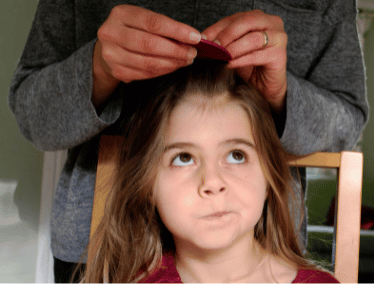
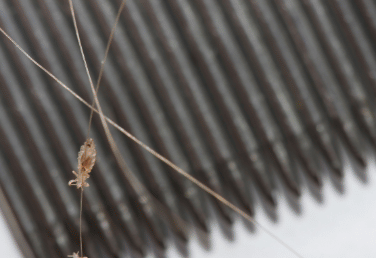
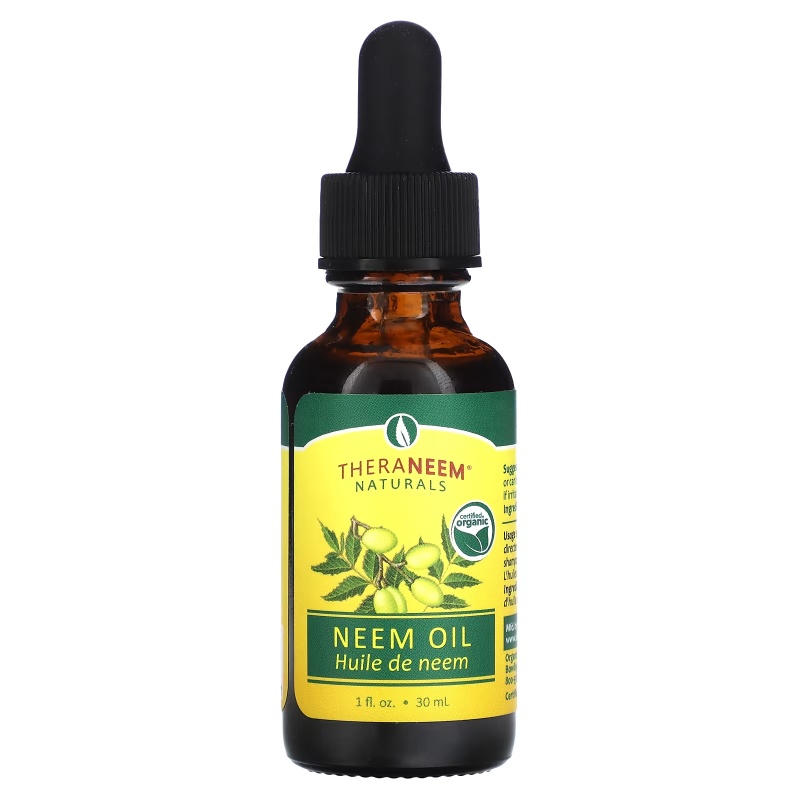
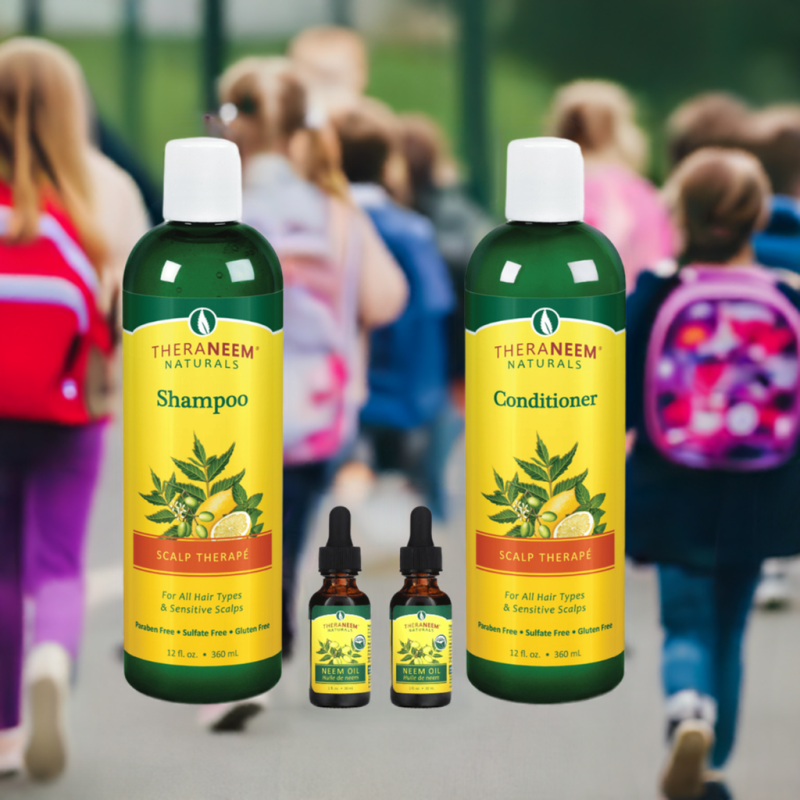
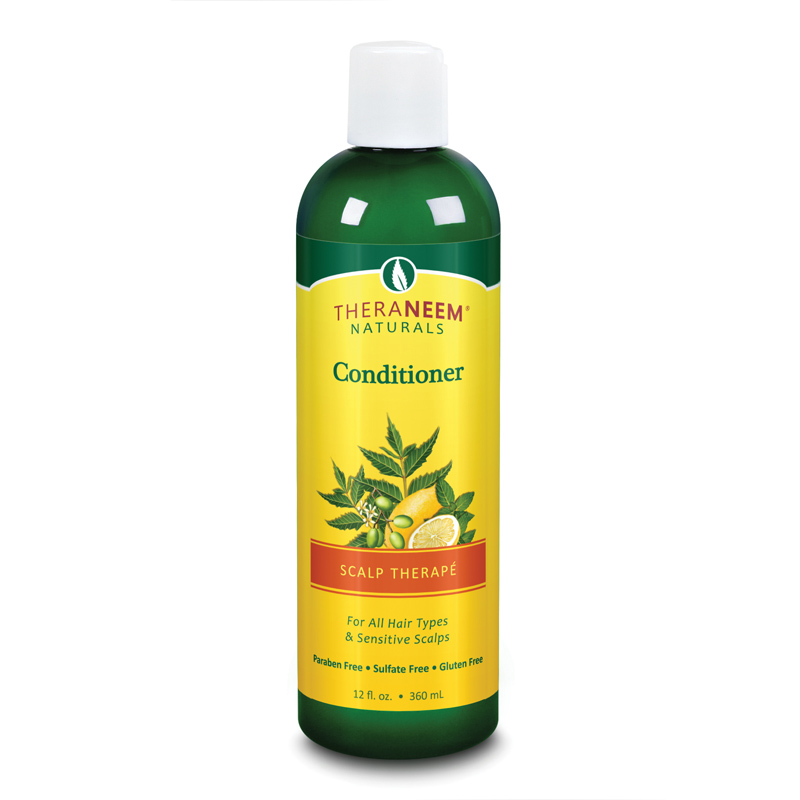
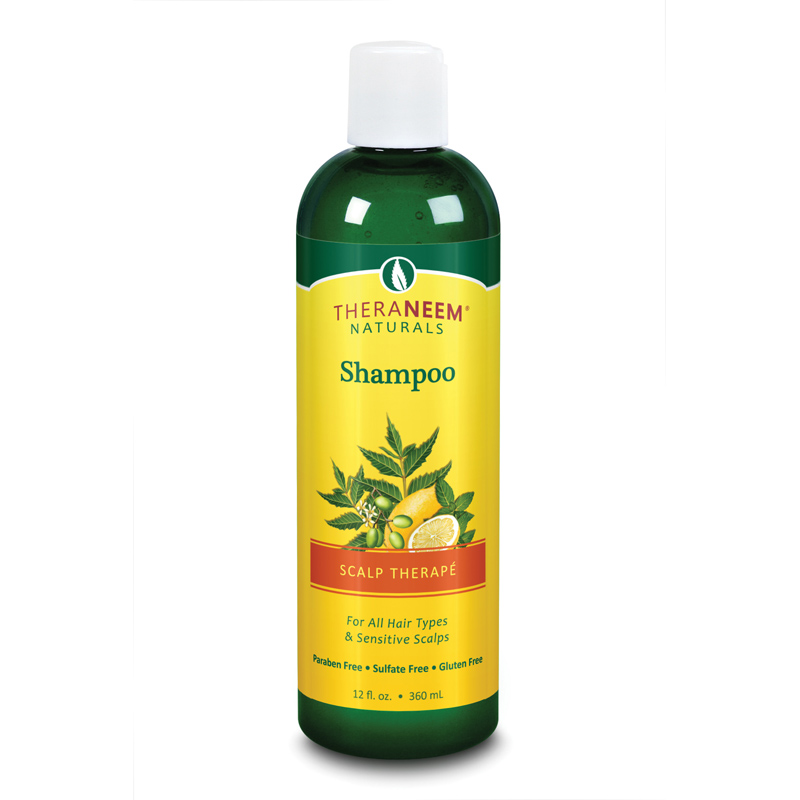
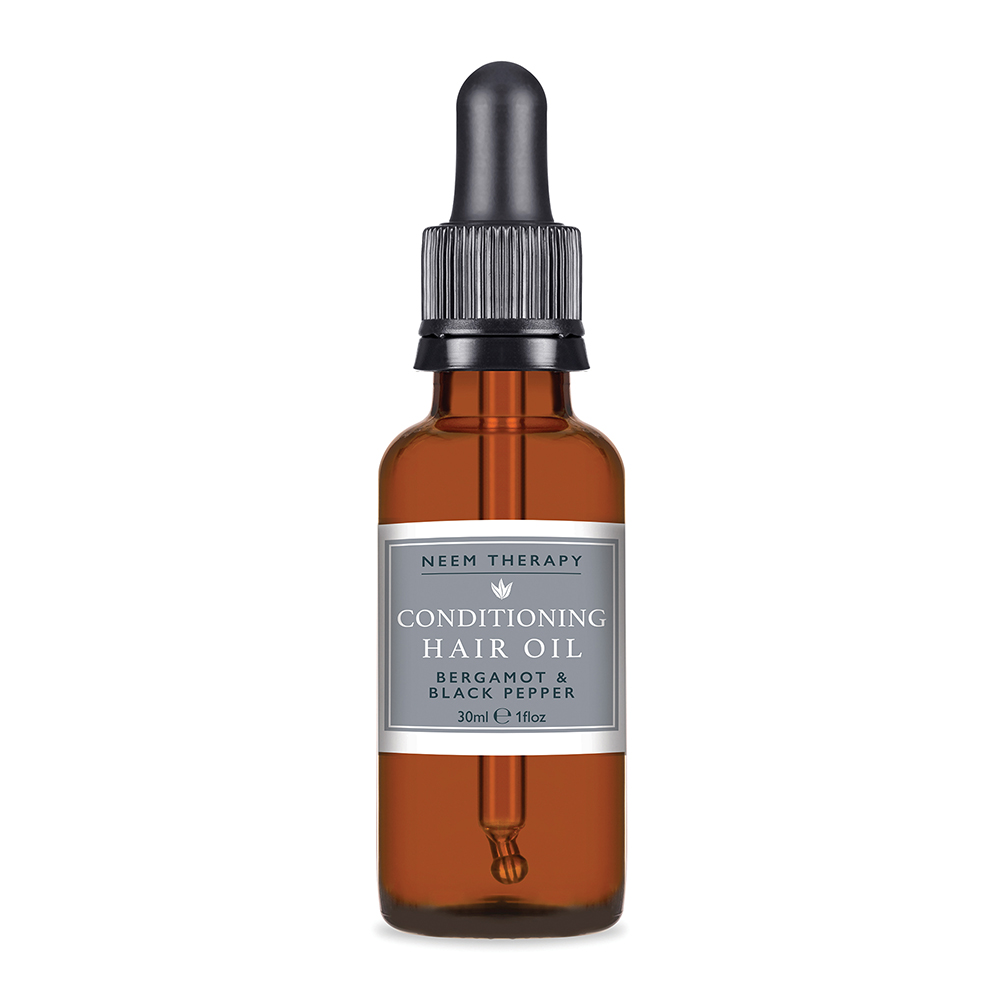
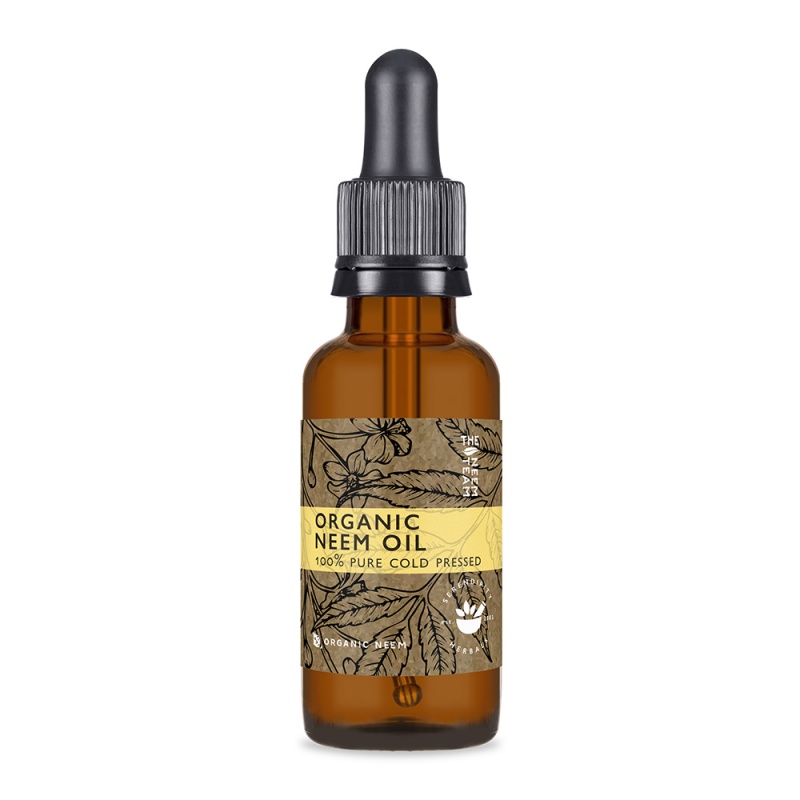















Come follow us on social media for all the latest news and updates.